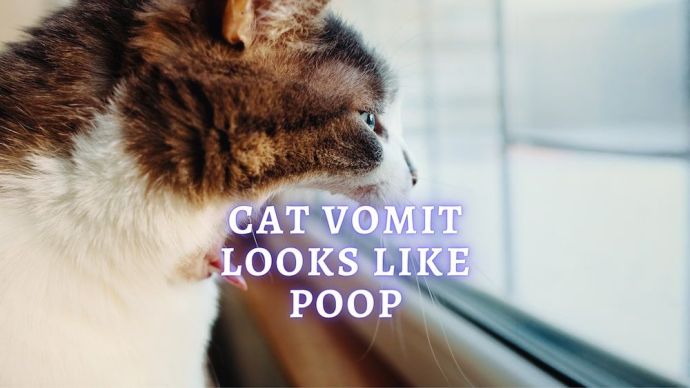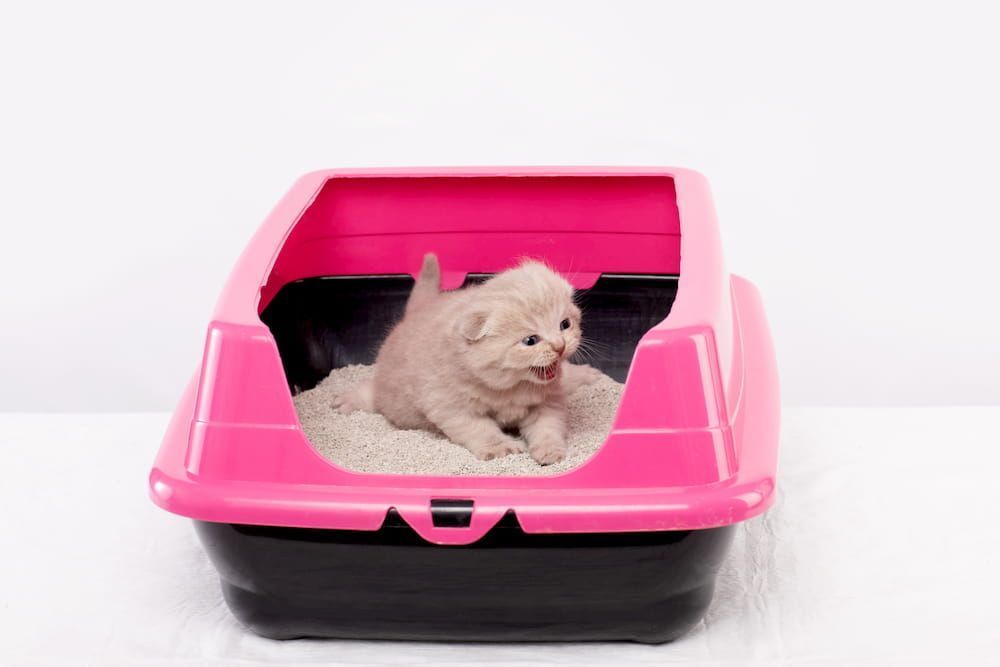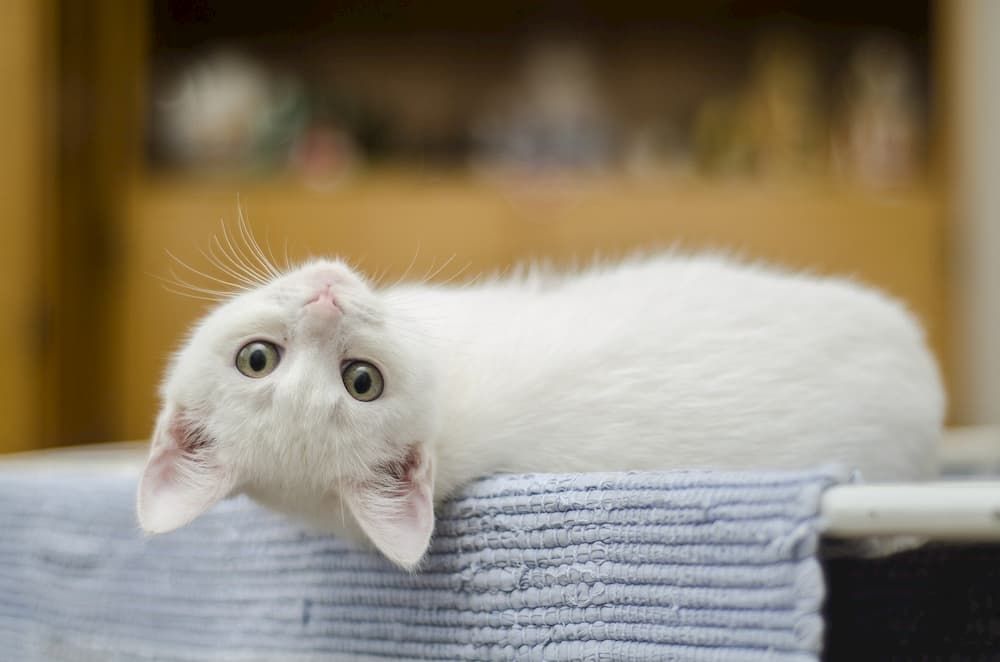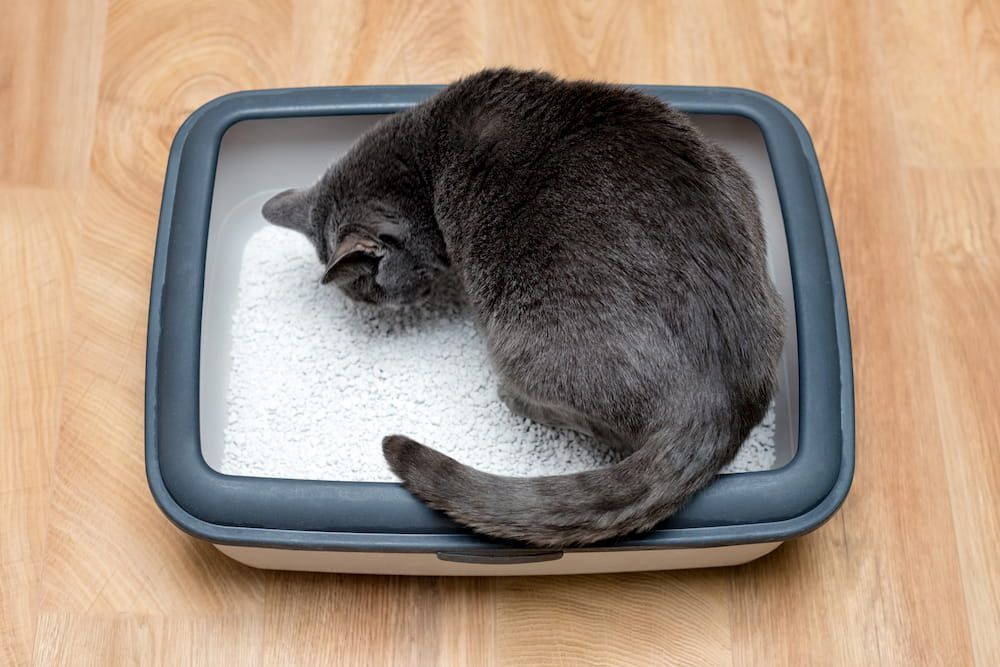How to Clean a Cat Litter Box? (Vet Approved Advice)
Written by:
Author: Vicki Smirnova
Vicki Smirnova is a professional writer and editor who adores animals and helps readers get along well with their pets. She has been working in digital media for more than 5 years and has great experience writing content about lifestyle, including pets. Vicki specializes in dog health and nutrition, cat feeding, dog training. She is an aquarium lover and is passionate to write about fish care at home. Also, Vicki headed several websites and worked as a news editor.
View all 244 articlesLearn about our editorial process and veterinary review board.
Reviewed by:
Veterinary review
by Dr. Linda Simon
Dr. Linda Simon is a veterinary surgeon working with seven years of experience. She is a fellow of the British Veterinary Association and specializing in animal medicine. Also, she has been the Woman magazine resident vet for the past two years and writes a regular column for them, focusing on pets and their health.
View all 30 articlesLearn about our veterinary review board
Viewed: 165
Updated on: 03/09/2021
Cats are great friends who will always please you. These animals have still been considered clean, neat, and picky about cleanliness. For the owner of a pet, it is essential to provide the pet with a litter box that it wants to use, and it will be comfortable to meet its needs.
The problem is that even if you regularly clean the pet’s litter box, you still get a characteristic smell. Keeping pettoilets clean and odorless is extremely important to ensure perfect hygiene in the home and specifically for your pet. Cats are squeamish, and the slightest unpleasant smell will scare them away, and the pet may begin to leave traces of its life on furniture, carpets, and other coverings. Your pet’s sense of smell is 14 times stronger than yours, so a litter box that you think is clean can stink quite a lot to your pet.
READ MORE: How to get rid of Cat Urine Smell?
What happens if you don’t wash the Cat’s Toilet?
If you do not keep the pet’s toilet clean, the pet may start to refuse it. This refusal will manifest in the fact that your pet will begin to gnaw and scratch furniture, spoil carpets and other fabric surfaces and start openly pooing in your shoes. Important! Clean out the pet’s litter box every day, and thoroughly wash it 1-2 times a week. Lumps of litter and excrement left by your pet should be removed every day so that your furry friend can continue to use the toilet without replacing the bedding in full.
The ideal way to keep a toilet clean is to completely replace its contents once a week. In scorching weather, when odors spread faster, you should perform general cleaning more often. Do not skimp on the pet litter. The litter’s ideal amount is about 3-4 inches deep – this amount of litter will allow your pet to bury and hide all the waste quickly. For those who scratch and bury less, 2 inches is often sufficient.
READ MORE: Where to put cat litter box?
Preparing to clean the Cat’s Toilet
For quick and effective cleaning of the pet’s toilet, you will need several things:
- Trash can. Prepare and place a trash can or bag next to the pet’s litter box. This will reduce the likelihood of contamination of the floor covering during cleaning.
- A cat toilet cleaning scoop. In order not to buy a large number of disposable medical gloves, you can buy a plastic scoop for cleaning pet’s litter box. The scoop will allow you to perform the procedure of extracting feces from the filler less unpleasant than in gloves.
- Cleaners. Try to use unscented soap or an enzymatic cleaner. Avoid any ammonia containing products that smell like urine to the pet and prevent them from using the tray. Importantly, ensure the filter is non-toxic and safe for pets, to avoid gastrointestinal upset or scalded paws. Use a brush with bristles to wash the cat’s toilet. You can use an old toothbrush for this.
- Cat litter. There are many different types of bedding for pet’s litter box. Whether you opt for a clumping or non-clumping option is up to you. Crystal litter made from silica gel is a current favorite among many pet owners. For significant savings, you can use ordinary sand.
READ MORE: Best Cat Litter Box Furniture
Daily Cleaning of the Cat’s Toilet
To reduce the characteristic odors of the pet’s litter box and maintain the hygiene of your home, you should clean out the cat’s bathroom every day.
It is best to buy an exclusive scoop for cleaning cat toilets in a pet store for cleaning reliable waste products of your pet. The scoop will facilitate your cleaning and remove only unwanted components, and thanks to the holes in the scoop, unused litter will remain in the pet’s litter box. You can also use disposable gloves to protect you from zoonotic diseases such as Toxoplasmosis and intestinal worms. Always wash your hands after. Pregnant women or those that are immune-suppressed should not clean litter trays if at all possible.
There is an exceptional litter in the form of absorbable crystals. When pet urine gets on them, the crystals absorb moisture and stick together with the edges. You can also use a scoop to clean up the urinary lumps if you use this type of litter.
General Cleaning of the Cat’s Toilet
Despite the daily cleaning, the cat’s toilet needs general cleaning and. The frequency of general cleaning of the cat’s toilet is at least one time per week.
- The first step is to throw all the contents of the cat’s toilet in the trash or bag.
- The next step involves washing the pet’s litter box under running water. This will allow you to wash off small remnants of filler, fecal matter, and urine residues.
- Next, you need to thoroughly wash the cat’s toilet with a brush with bristles and unscented soap.
- After cleaning the cat toilet with soap, it is essential to thoroughly wash off the solvent or other chemicals used for washing.
- After washing, you should dry the cat’s toilet thoroughly or wipe it with a paper towel.
- This is followed by the standard procedure for filling a pet’s litter box with a particular litter.
Recommendations
- It is necessary to clean the pet’s litter box every day from feces; otherwise, your cat may refuse to use this cat’s toilet and may relieve itself in other places that are not designated for this purpose.
- If you decide to change all the litter in the cat’s toilet completely, do not rush to fill the fresh pellets in the container. Before this, pour a little food-grade sodium carbonate on the bottom of the pet’s litter box and then pour a particular litter. Sodium carbonate will hide the unpleasant smell of cat urine. Only use a skinny layer at the base of the tray and monitor your cat to ensure they do not ingest it.
- Before general cleaning of the cat’s toilet, buy disposable gloves and a protective medical mask. They need to be used every time the litter is completely changed.
- Do not use detergents with the smell of citrus and ammonia — they will repel the cat so that it can refuse to use its toilet altogether.
 Cat Veterinary Tips Cat Stomach Gurgling: Vet Advice on Why is Your Cat Stomach Gurgling?
Cat Veterinary Tips Cat Stomach Gurgling: Vet Advice on Why is Your Cat Stomach Gurgling? - 36469
- 4
 Cat Care Cat Vomit Looks Like Poop: What does your cat’s vomit say about their health?
Cat Care Cat Vomit Looks Like Poop: What does your cat’s vomit say about their health? - 3549
- 0
 Cat Care How to Get an Aggressive Cat Into a Carrier? 6 Methods to Get a Cat Into a Carrier
Cat Care How to Get an Aggressive Cat Into a Carrier? 6 Methods to Get a Cat Into a Carrier - 1602
- 0
 Cat Care Why Does My Cat Attack My Legs? 10 Reasons Why and What To Do About It (Vet-Approved Advice)
Cat Care Why Does My Cat Attack My Legs? 10 Reasons Why and What To Do About It (Vet-Approved Advice) - 46017
- 21
 Cat Veterinary Tips Cat Stomach Gurgling: Vet Advice on Why is Your Cat Stomach Gurgling?
Cat Veterinary Tips Cat Stomach Gurgling: Vet Advice on Why is Your Cat Stomach Gurgling? - 36469
- 4
 Cat Veterinary Tips My Cat Lost its Voice: Can Cats get Laryngitis? (Vet Advice)
Cat Veterinary Tips My Cat Lost its Voice: Can Cats get Laryngitis? (Vet Advice) - 23554
- 13























